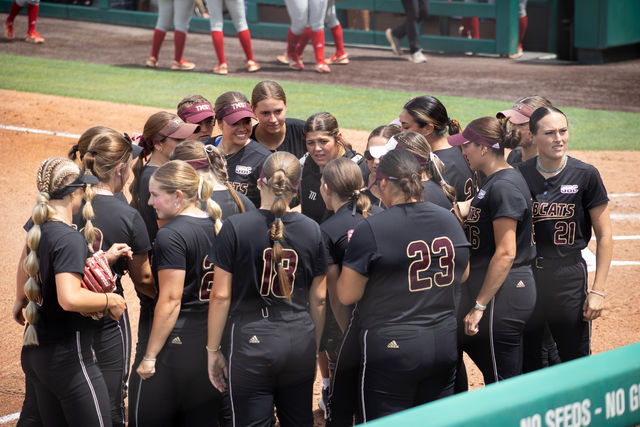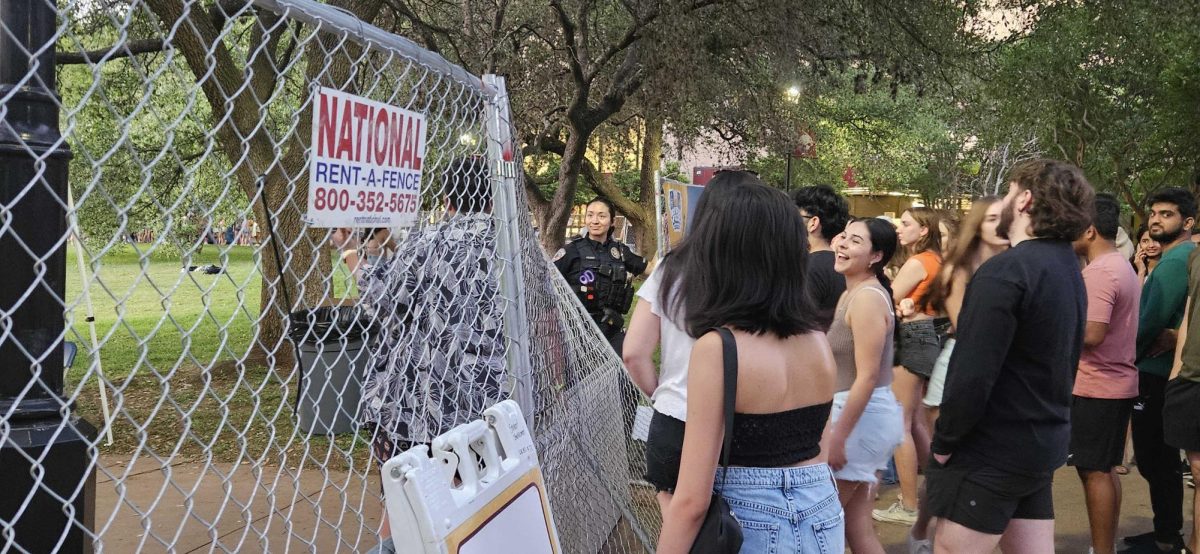The naming of Flowers Hall honors Dr. John Garland Flowers, the third president of Southwest Texas State College, now recognized as Texas State. He may have had an illustrious career as an educator on national, state and local levels, however, the man was sorely misguided and plain wrong in a major decision he made during his presidency.
In June 1962, Flowers proved he was against the university’s integration when he denied Dana Jean Smith, an 18-year-old Black woman, admission to the school due to a “whites only” provision in the charter that established it. In light of this, and keeping the university’s recent statements regarding Black Lives Matter in mind, Texas State needs to rename Flowers Hall immediately.
If Texas State claims to support its students—and says that its allyship to them is not debatable—there is no need to honor an old president who did not want to integrate the university.
For context, Flowers’ decision was a reflection of a lot of the country during that time period—problematic, discriminatory, prejudicial, abusive and racist. Despite what many thought at the time, there was nothing equal about the “separate but equal” doctrine, simply understood as segregation, in effect as a result of Plessy v. Ferguson.
Denying a person’s entry to any place, based on race, was and still is against one’s basic human and civil rights. And even if equality wasn’t on Flowers’ agenda at the time of his 1962 decision for whatever reason, the separate but equal doctrine was deemed unconstitutional in Brown v. Board of Education in 1954. He was simply upholding the white and racist tradition the university set when it was founded in 1899.
Despite the belief of those in decades and centuries past, including Flowers, there should have been zero questions about whether or not Black people deserved equality; it should have been guaranteed to begin with—at Southwest Texas State and every other institution in the nation.
When the Supreme Court did decide segregation based on race in public schools was unconstitutional—it did not explicitly clarify how schools should be desegregated in the future—it stated it should be done “with all deliberate speed.”
The Supreme Court’s vague decision allowed segregationists at schools across the country to organize resistance, which was seen at Southwest Texas State when Flowers was president.
Indeed, while schools like the University of Texas were fully integrated by 1956, Texas State did not fully integrate until 1963 under Flowers’ regime, and it took a court order for him to finally do so.
In the letter in which he denied Smith, Flowers stated only an act of state legislature or a court order would allow Smith and other Black students to attend the school. In 1963, a district judge ruled the university could not deny admission based solely on race. Flowers, already ethically wrong, then had to face the fact he was legally in the wrong as well. The disgusting “whites only” provision was thrown right back in his face.
Again, in spite of the Supreme Court decision to desegregate schools in 1954, Flowers took nearly a decade to do so. To say the least, it is embarrassing that it took a court order for desegregation and integration to happen at Southwest Texas State. It is more embarrassing the university named a building, in which Black students and others occupy, after him.
Admittedly, Flowers did good things in the realm of education and other groups. At the university, he greatly expanded the physical plant as well as the number of students enrolled. He served as chairman of the standards committee of the American Association of Colleges for Teacher Education and was even president of the association. For three years, Flowers was the director of the Texas Society for Crippled Children.
But all of this is overshadowed by the simple fact that, when push came to shove, he refused to desegregate Texas State until forced by law. This is a dark stain in his and the university’s history.
Texas State should no longer honor Flowers by keeping his name on such a historic building. Rename it after someone who does not have a questionable legacy—a person who believes in equality and basic human and civil rights. There is a long list of Texas State alumni—who are not white—who fit that criteria and more.
Choosing to honor Flowers is dishonorable to Black students who were refused admittance and all minorities who have attended or currently attend Texas State.
The building should be renamed to honor someone more worthy.
– Alexa Nichols is an English literature graduate student.





















